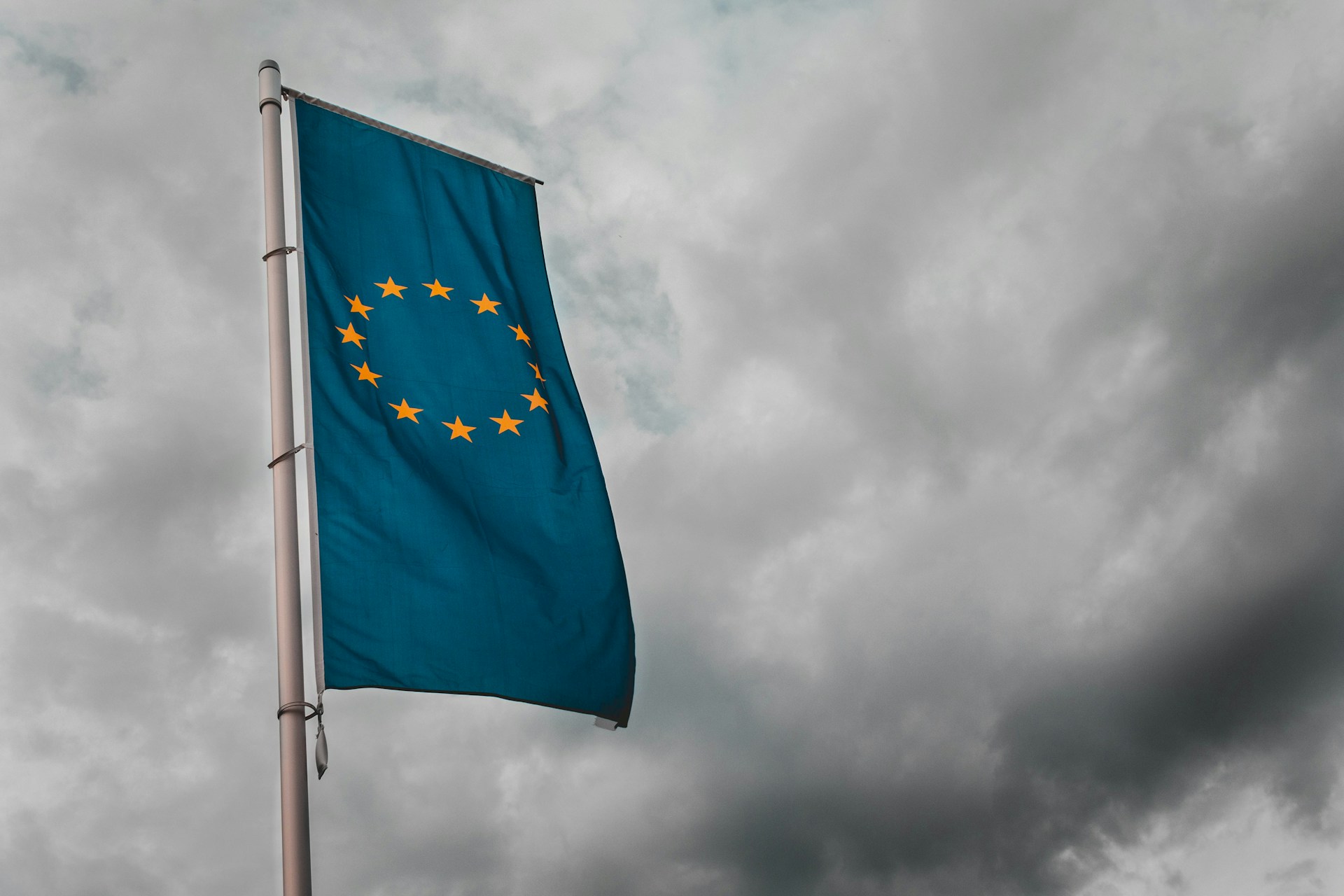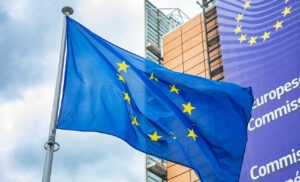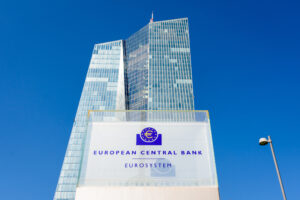On 26 February 2025, the European Commission presented Omnibus I, a package of measures aimed at revising, in a coordinated way, three pieces of legislation on sustainability reporting for companies and financial institutions: the CSRD (Corporate Sustainability Reporting Directive), CSDDD (Corporate Sustainability Due Diligence Directive) and EU Taxonomy. As noted in a previous article, the stated objective is to ease the administrative burden on European businesses by reducing application requirements and thresholds.
In the coming months, the European Council and Parliament will be called to vote on the Commission’s proposal: a critical moment to understand the positions that Member States will adopt in the face of this simplification process.
Transparency and data quality are key
The CSRD, CSDDD and Taxonomy should not be seen merely as bureaucratic burdens, but rather as strategic tools for placing climate risks at the heart of financial decision making. Harmonised and comparable reporting enables banks and investors to more accurately assess their exposure to physical risks (such as floods and heatwaves) and transition risks (regulatory changes and technological innovations), thus directing capital towards businesses with a credible and concrete transition strategy. The changes proposed under Omnibus I reduce the obligation to disclose certain information. This risks weakening the information base, depriving financial institutions of the tools they need to assess and manage climate risks, with a direct impact on their financial assessments.
What would change with Omnibus I
The Commission’s proposal provides that the CSRD would only apply to companies with more than 1,000 employees and €50 million in revenue, thereby excluding about 80% of Italian and European companies currently subject to reporting obligations. At the same time, the proposed revision of the CSDDD would limit due diligence to direct suppliers (Tier 1) only, overlooking potentially more severe risks hidden further upstream or downstream in the value chain. Without adequate corrective measures, this reduction in information makes it harder to identify and assess real risks, leaving greater room for greenwashing.
SMEs: the heart of the transition risks being left behind
Small and medium-sized enterprises (SMEs) account for more than 50% of the European Union’s GDP and are responsible for 63% of private sector emissions. Yet, with the new thresholds set by Omnibus I, many of these businesses would effectively be excluded from the scope of the CSRD, CSDDD and Taxonomy. The result? A growing divide between large companies, which would have easier access to credit and green finance thanks to certified data, and SMEs, which would remain on the sidelines. In fact, in the absence of harmonised reporting and reliable data, financial operators could perceive SMEs as high climate risk entities, applying stricter conditions on loans and investments or even excluding them completely from financing mechanisms linked to the green transition.
What could be done
1. Refine and harmonise reporting standards
The European Commission should focus on refining and harmonising sustainability reporting standards across all major regulatory areas, ensuring the development of a single, coherent and proportionate data set. A “tiered” reporting system would be needed, enabling a gradual approach based on size and timeline of adoption. SMEs and mid-caps could start with a core set of indicators and gradually expand the scope of their reporting. This approach would streamline information flows, reduce compliance burdens and enable all companies to build internal capabilities over time to provide high quality sustainability data useful for decision-making.
2. Targeted support and incentives for SMEs
To prevent SMEs from being excluded from green finance due to information gaps, it is crucial for the Commission and Member States to introduce targeted support policies, and for large companies to take responsibility for guiding their suppliers through the transition. Priority actions include:
- Financial incentives linked to the adoption of credible transition plans (e.g., green loans, guarantees, preferential rates).
- Capacity building through technical training, implementation or upgrading of management systems, and operational support.
- Targeted financial assistance, such as shared advice or subsidised loans for developing reporting infrastructure.
- Shared tools, such as standardised templates and data collection software, to reduce the costs and complexity of compliance.
By supporting a balanced approach, the EU can take a decisive step towards a robust regulatory framework capable of directing capital towards the climate transition without overburdening businesses. Conversely, excessive simplification risks undermining the very effectiveness of sustainable finance, reducing the quality of available data and hampering the market’s ability to identify those genuinely investing in the transition.
What is needed is an EU Omnibus that simplifies, but not at the cost of transparency and comparability. Only then can Europe ensure a level playing field for all businesses, particularly SMEs, and continue to protect the financial system from climate-related risks.
This policy briefing proposes solutions to simplify, where necessary, without compromising the quality and comparability of information.
Photo by Sara Kurfeß







